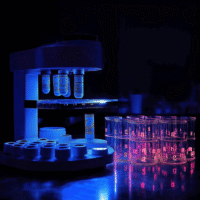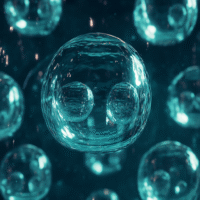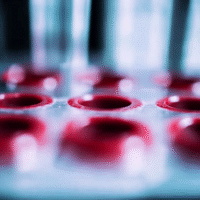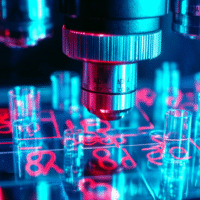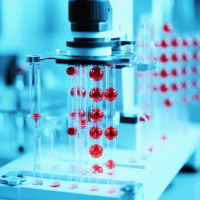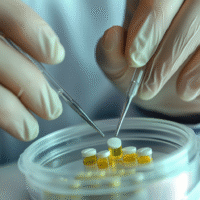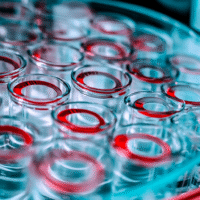EFFECT OF LOW-LEVEL DIODE LASER ON DENTIN TOPOGRAPHY AND SYMPTOMATIC NONCARIOUS CERVICAL LESIONS PRIOR TO COMPOSITE RESTORATIONS: A SPLIT-MOUTH RANDOMIZED CONTROLLED TRIAL
Summary:
This study examined the impact of low-level diode lasers on reducing sensitivity in symptomatic noncarious cervical lesions (NCCLs) before composite restoration. It focused on changes in dentin topography using a scanning electron microscope (SEM).
Key Findings:
– Diode lasers with a wavelength of 660 nm showed the highest reduction in sensitivity, followed by 970 nm, whereas 445 nm diode lasers showed the least reduction.
– Wavelengths of 660 nm and 970 nm reduced the width of the dentinal tubules (DT) without inducing melting, as viewed under SEM.
Value:
These findings suggest that utilizing specific diode laser wavelengths can effectively reduce sensitivity in NCCLs before composite restoration, providing valuable insights for improving patient comfort and treatment outcomes.
Clinical Implications:
Understanding the impact of low-level diode lasers on dentin topography and sensitivity in NCCLs can assist clinicians in selecting the most effective treatment approach for their patients, potentially leading to enhanced patient satisfaction and improved clinical outcomes.
Learn More:
Explore how our AI-driven platform, DocSym, consolidates clinical standards and research into a single knowledge base, and how our mobile apps support streamlined patient care and treatment monitoring at aidevmd.com.















